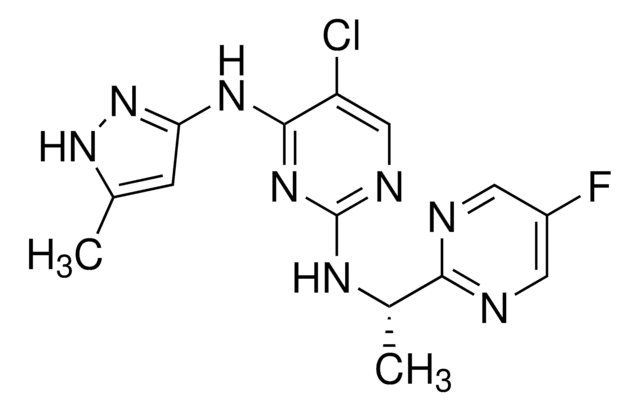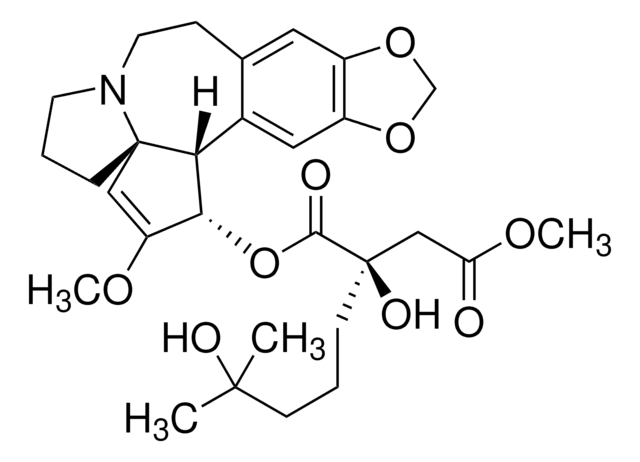SML1684
GSK2850163
≥98% (HPLC)
Synonym(s):
(R)-2-(3,4-Dichlorobenzyl)-N-(4-methylbenzyl)-2,7-diazaspiro[4.5]decane-7-carboxamide
Sign Into View Organizational & Contract Pricing
All Photos(1)
About This Item
Empirical Formula (Hill Notation):
C24H29Cl2N3O
CAS Number:
Molecular Weight:
446.41
UNSPSC Code:
12352200
PubChem Substance ID:
Recommended Products
Quality Level
assay
≥98% (HPLC)
form
oil
color
colorless to light yellow
storage temp.
2-8°C
SMILES string
ClC1=CC(CN(C2)CC[C@]32CN(C(NCC4=CC=C(C)C=C4)=O)CCC3)=CC=C1Cl
Biochem/physiol Actions
GSK2850163 is a highly selective inhibitor of inositol requiring enzyme-1 alpha (IRE1α) with dual activity: it inhibits IRE1α kinase activity with an IC50 value of 20 nM and RNase activity with an IC50 value of 200 nM. IRE1α is a dual serine/threonine-protein kinase/endoribonuclease with two enzymatic domains: a trans-autophosphorylation domain and and endoribonuclease (RNase) domain. When activated, usually in response to endoplasmic reticulum (ER) stress such as the unfolded protein response (UPR), IRE1α oligomerizes and activates mRNA splicing of adaptive XBP1 transcription factor, which upregulates ER chaperones and ER associated degradation (ERAD) genes that promote degradation of ER unfolded proteins and facilitate recovery from ER stress. However, if ER stress is too high or chronic, IRE1α is hyperactivated, increasing many ER mRNAs, resulting in apoptosis. GSK2850163 interacts with IRE1α catalytic residues Lys599 and Glu612, displacing the kinase activation loop to the inactive DFG-out conformation. The rearrangement of the kinase domain-dimer interface also results in the RNAse domains rotating away from each other, inhibiting the RNase activity.
IRE1α-selective inhibitor of XBP1 splicing.
Homoharringtonine is a cephalotaxine ester that is also known as (HHT; 4-methyl (2R)-2-hydroxy-2-(4-hydroxy-4-methylpentyl)butanedioate). In gefitinib-resistant lung cancer cells, homoharringtonine promotes apoptosis and prevents signal transducer and activator of transcription (STAT3) through IL-6 (interleukin-6) /JAK1 (janus kinase 1)/STAT3 signal pathway. It plays an important role in the treatment of malaria.
Homoharringtonine is a cephalotaxine ester that is also known as (HHT; 4-methyl (2R)-2-hydroxy-2-(4-hydroxy-4-methylpentyl)butanedioate). In gefitinib-resistant lung cancer cells, homoharringtonine promotes apoptosis and prevents signal transducer and activator of transcription (STAT3) through IL-6 (interleukin-6) /JAK1 (janus kinase 1)/STAT3 signal pathway. It plays an important role in the treatment of malaria.
hcodes
pcodes
Hazard Classifications
Aquatic Chronic 4
Storage Class
11 - Combustible Solids
wgk_germany
WGK 3
flash_point_f
Not applicable
flash_point_c
Not applicable
Certificates of Analysis (COA)
Search for Certificates of Analysis (COA) by entering the products Lot/Batch Number. Lot and Batch Numbers can be found on a product’s label following the words ‘Lot’ or ‘Batch’.
Already Own This Product?
Find documentation for the products that you have recently purchased in the Document Library.
Customers Also Viewed
Chemistry and Biology, 439-439 (1998)
Wei Cao et al.
Scientific reports, 5, 8477-8477 (2015-07-15)
Tyrosine kinase inhibitors (TKIs) are mostly used in non-small cell lung cancer (NSCLC) treatment. Unfortunately, treatment with Gefitinib for a period of time will result in drug resistance and cause treatment failure in clinic. Therefore, exploring novel compounds to overcome
Our team of scientists has experience in all areas of research including Life Science, Material Science, Chemical Synthesis, Chromatography, Analytical and many others.
Contact Technical Service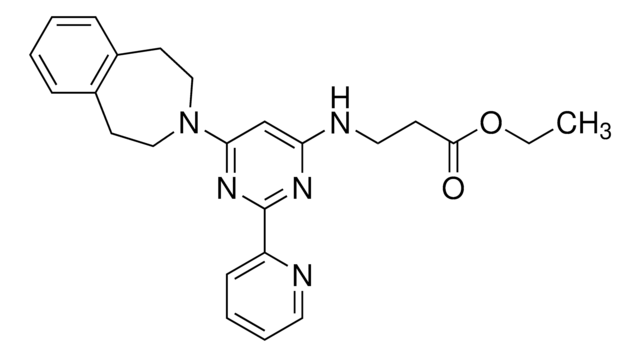
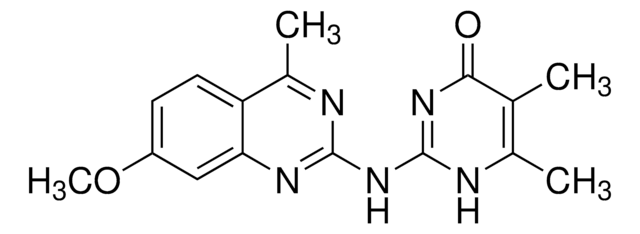
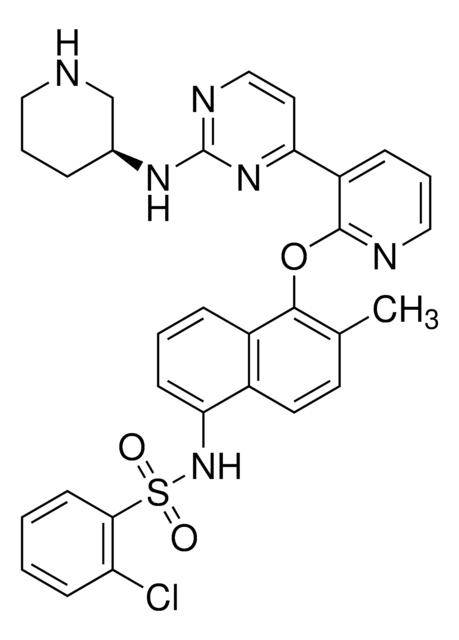

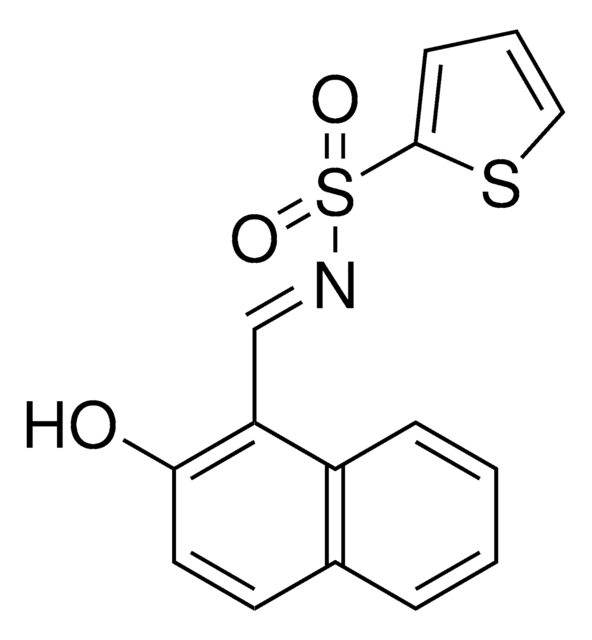
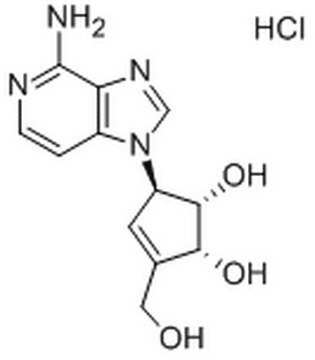
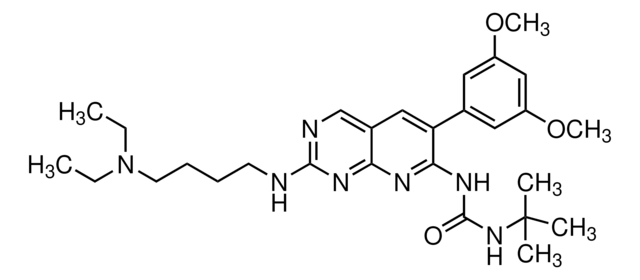
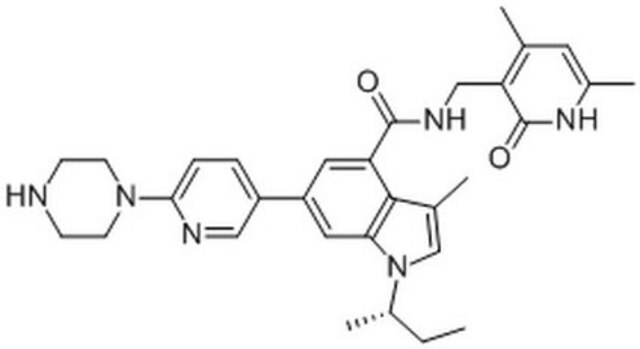

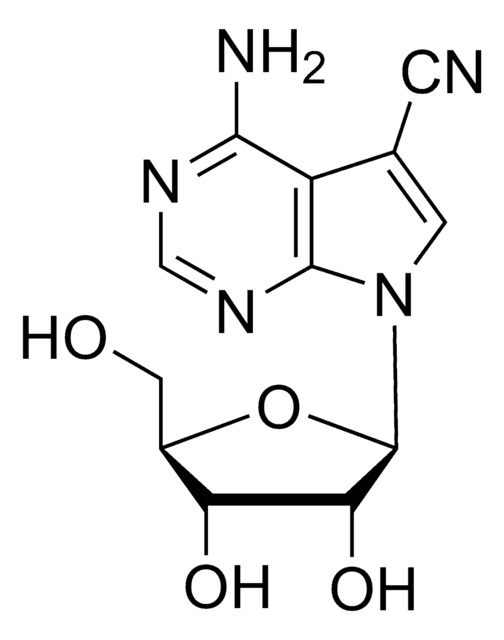
![PERK Inhibitor I, GSK2606414 GSK2606414 is a cell-permeable, highly potent inhibitor of EIF2AK3/PERK (IC₅₀ = 0.4 nM; [ATP] = 5 µM). Targets PERK in its inactive DFG conformation at the ATP-binding region.](/deepweb/assets/sigmaaldrich/product/structures/180/559/efa716dc-d5fe-4339-a6f0-0103084fc04a/640/efa716dc-d5fe-4339-a6f0-0103084fc04a.png)
